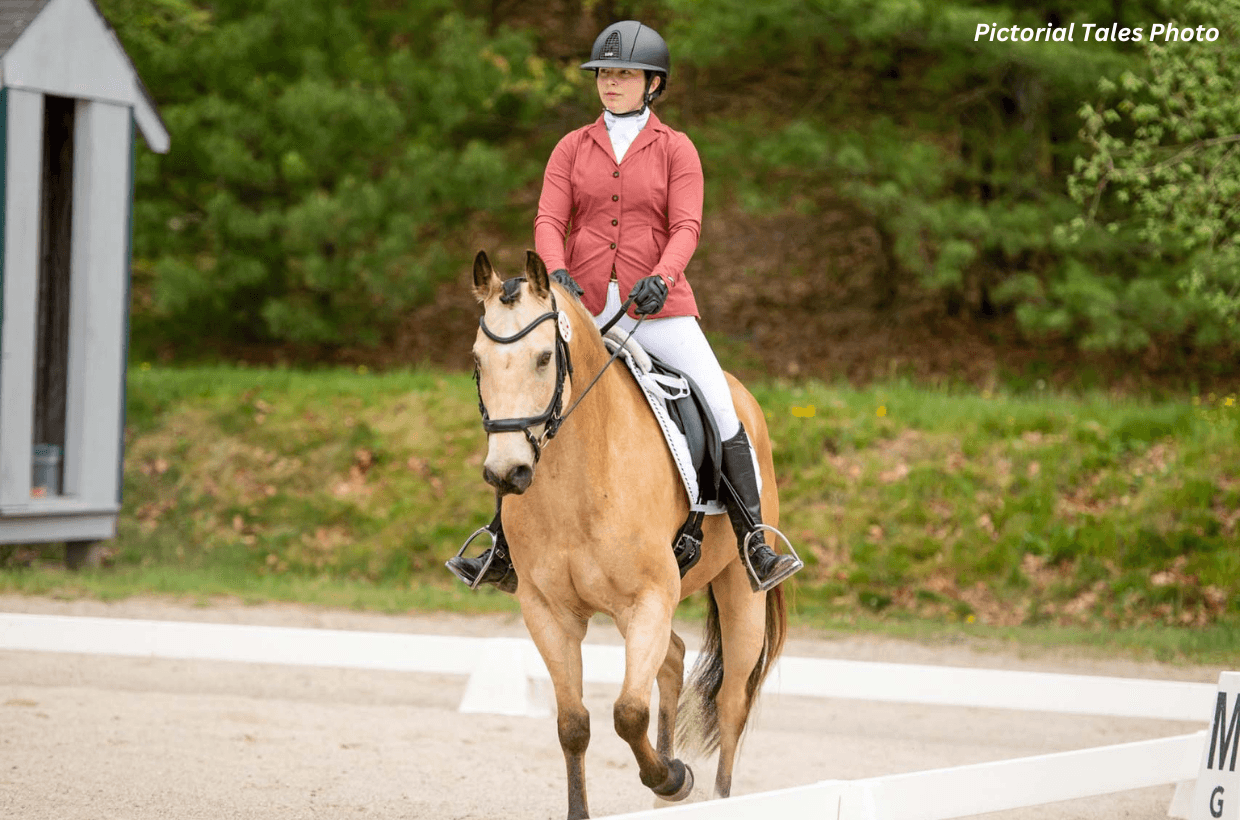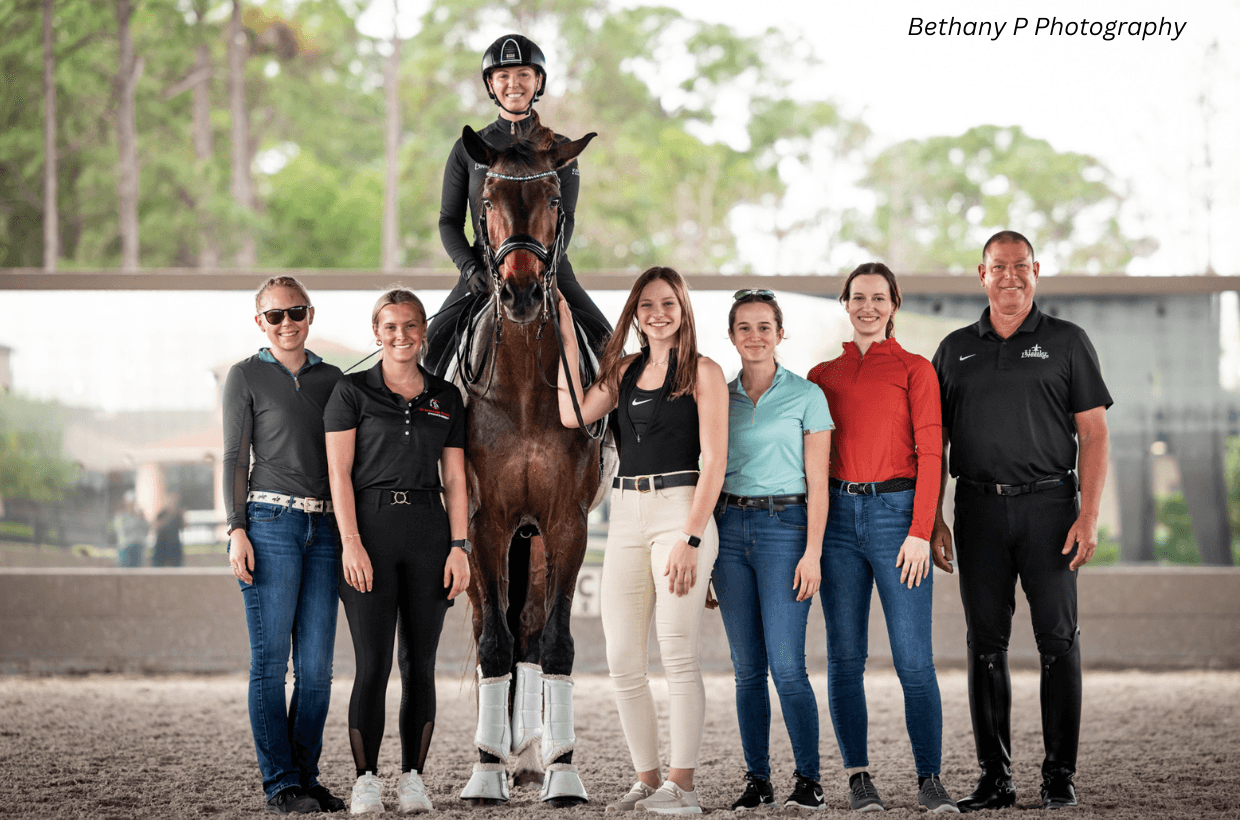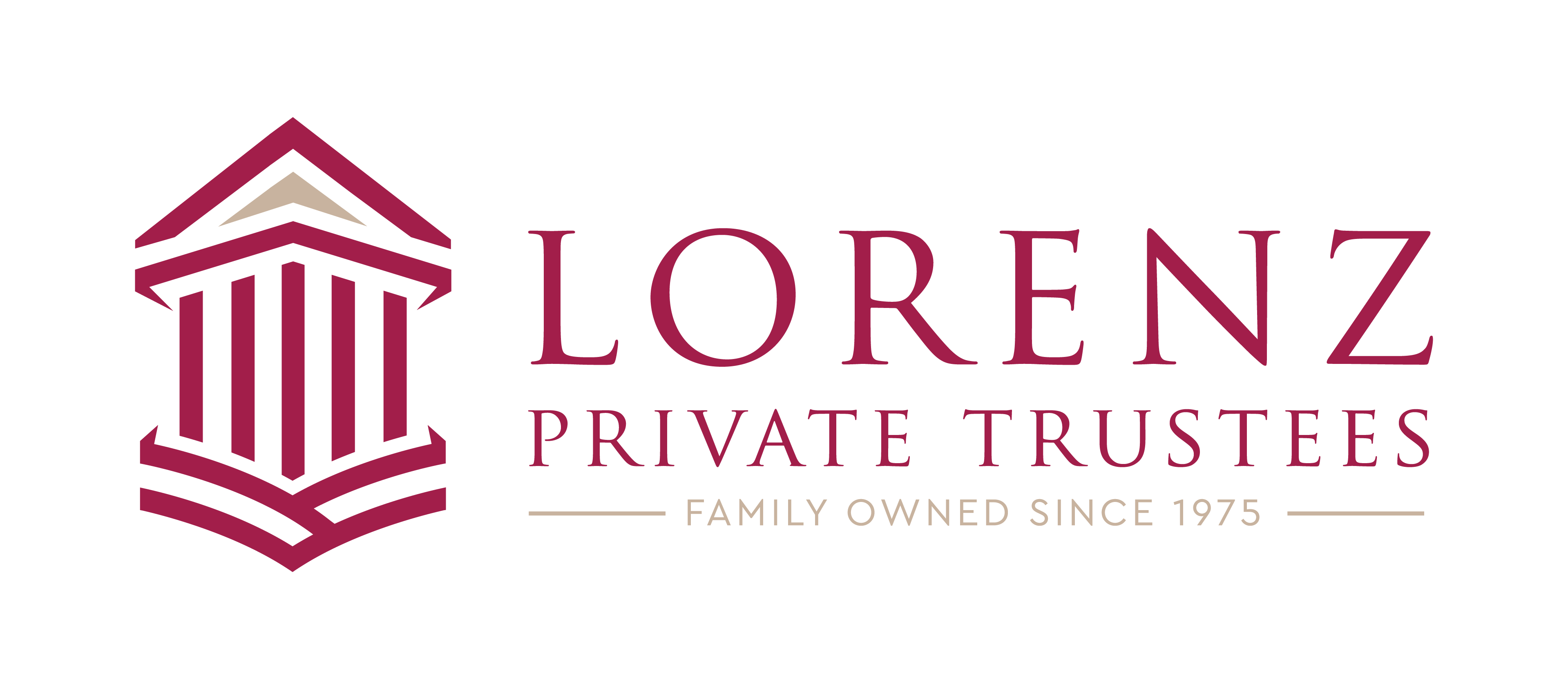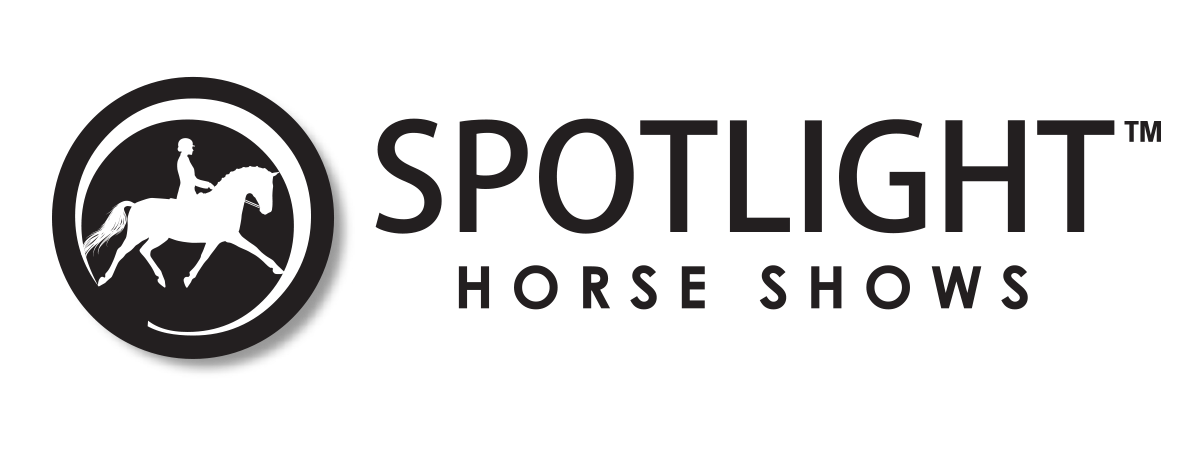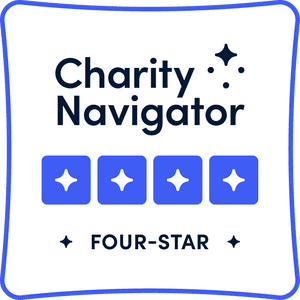2016 Gifted Recipient

What did it mean to me to be able to spend five consecutive days with my trainer, devoted to improving my riding ability and knowledge? Everything. First, to have nothing else interfering in this time gave me the time and focus I needed. No grandchildren, no house or barn chores, no church responsibilities, no GMO tasks, no excuses. Get up in the morning, get ready and ride. Then in the afternoon, ride again. Build on the last, develop a real sense of feel and see real progress taking place. For once, have confidence that I can do it, that even though I’m a 63-year-old woman with several physical limitations, I am capable of moving forward.
I had tried to prepare myself for the experience, heading to the gym most days of the week to walk the treadmill for 2 ½ miles, and develop an exercise plan with the Y’s trainer. I rode regularly, taking my weekly lessons as well as riding at home. I went believing that both my horse and I were ready. And I’m happy to say I was correct.
Since I first rode Heavenly Kruise (Chloe), we have struggled with acceptance of the bit. She came to me in a twisted wire, badly in need of the dentist. Step one was getting her willing to be bridled. Step two was the acceptance of the saddle. Step three was developing muscle and adding weight. Any contact resulted in a head in the air, uneven pace and tantrums that including changes of gait. Riding was frustrating and tiring. I questioned my ability and whether this beautiful horse had been the right purchase. But I had a vision and somehow, we had come together as a team. My riding improved tremendously, and she became the partner that would continue to teach me. We were ready for the challenge of a week with Greta Wrigley.
If I could use just three words that describe what I learned this week, it would not be the technical aspects. Although they are important, and make it all possible, technique is only useful because of planning, preparation and positioning. Planning or thinking ahead so that I can be subtle in my movements, knowing where I want to go, and how I want to get there, and positioning my body, not just a hand or a foot, but all of me, so that my planning pays off were the light bulb moments for me. Maybe it required me to have enough “technique” well in hand to leave room in my brain for the other two. Yet, it is these two ideas that have stuck with me since returning home.
Monday began with trot work, including shoulder in and haunches in. Aligning my hips to match my mare’s shoulders, using the outside rein to stop the shoulder from leaking, keeping her on the rail with the inside leg. So many pieces to put together to achieve the whole! Canter work included the 20 meter circles, then moving down the long side, maintaining the pace through the short side. Using the inside hand closer to the pommel to make the bend. Relax my thighs, while using my leg to keep the canter. (Seems like this was such a contradiction or impossibility not so long ago.) Then the transitions (which have often been a rough area for me!) from canter to trot. Using the half halt and sitting back to rebalance. Being prepared for the transition and expecting a big trot, then using me to rebalance made all the difference.
In the afternoon, I had the opportunity to ride Greta Wrigley’s retired FEI horse. I have never ridden a horse advanced to that level and it was on one hand a challenge, and the other so easy. Over the two years I have had Chloe, I have not ridden another horse and this was very much a different experience! Stronger and more powerful, it took more hand than I was expecting. For the first time, I could ride a piaffe and passage! It was exciting and fun to sit the trot, to feel the power, and the use of his hind end. The cadence, collection and elevation were beautiful. I may never get to that stage of riding, but the glimpse of what could be gave me a dream.
On Tuesday, we began as we had Monday: trot, shoulder in, haunches in, improving her roundness and use of her back. Again, the preparing and planning, taking advantage of the arena to set us up for success was such a strong element. My sitting taller, reaching down with my leg afforded me a more upright position, resulting in better balance for Chloe. Steady hands brought about a calmer head. In fact, as many people already know, if I rode as I should, concentrated on me, then Chloe used HER body correctly. Light bulb moment! In the afternoon, I rode Chloe again. While I could ride other horses at Greta’s, we decided that since my goal was to improve with my horse, we would focus on our work together. While working the canter, we developed pace and relaxation. I worked on adjusting the “go” while maintaining the gait. We began working on First Level movements at both the trot and canter: lengthening across the diagonal at the trot, down the long side at the canter, accurately riding the 15-meter canter, and leg yields. Again planning, preparation and position.
Wednesday continued the building of skills as well as the ability to know which skill to use when. To a non-horse person, that would sound strange, however, dressage cannot be simplified to the horse does A so you always do B. In reality, this week helped me to have B, C, D and maybe E from which to choose AND have more of a feel for which is the best choice. Wednesday afternoon also brought about a lesson with Linda Roberts, a biomechanics instructor. This addition helped me with my crookedness, and highlighted some of my physical limitations. My right ankle is fused, therefore my ability to flex my foot is very limited and my feel for my lower leg is less than ideal. In addition, my right shoulder is forward due to the disabling fall 20 years ago. This results in my arm hanging differently and my body not sitting perfectly square. Certainly, areas that I can work around, but first I needed the real awareness of the issue. Some of these issues are ones that I have become much more sensitive or mindful of as I ride, and therefore, it is a continuing process.
By Thursday, we were well into our First Level work. Upward transitions were going well. Between my right foot/side issues and Chloe’s strength issues, the right lead canter was difficult. She had often picked up the left lead instead. Working with a leg yield, prior to cuing the canter, helped with this, and we began to move smoother canter departs. Downward transitions from the trot to walk were lovely. Halts were squaring up. The canter to trot transitions were rough but improving. Chloe certainly came down without a problem, it was me being balanced evenly in the saddle, and prepared for the big trot she had. We are continuing to work on this one!
Friday was “test” day. I rode Training 3, First 1 and First 3 with, honestly decreased success. However, the improvement was certainly there. I was more confident, better prepared and went about each movement with more of a plan. My seat and position had better-quality. Chloe was more responsive and we had a much better working partnership. Still to be worked on: sitting taller, back more, quieter hands, and the ever elusive looking up and forward.
Since returning home, Chloe and I have continued to improve. I take my weekly lessons, clinic with Greta Wrigley whenever possible, and ride on my own. There have been many lightbulb moments that I don’t think would have happened without this intensive week. I wish I could say it has always gone smoothly, but I can say that the rough patches have resulted in “high wattage” bulbs lighting up. Watching videos of my riding I see such improvement in my position. And when I get it right, Chloe responds beautifully. Without this opportunity from The Dressage Foundation and the Gifted Scholarship, I know we would be struggling with some of the same old issues. We’ve moved on to new ones, and I’m happy to say the problem solving is taking much less time!

